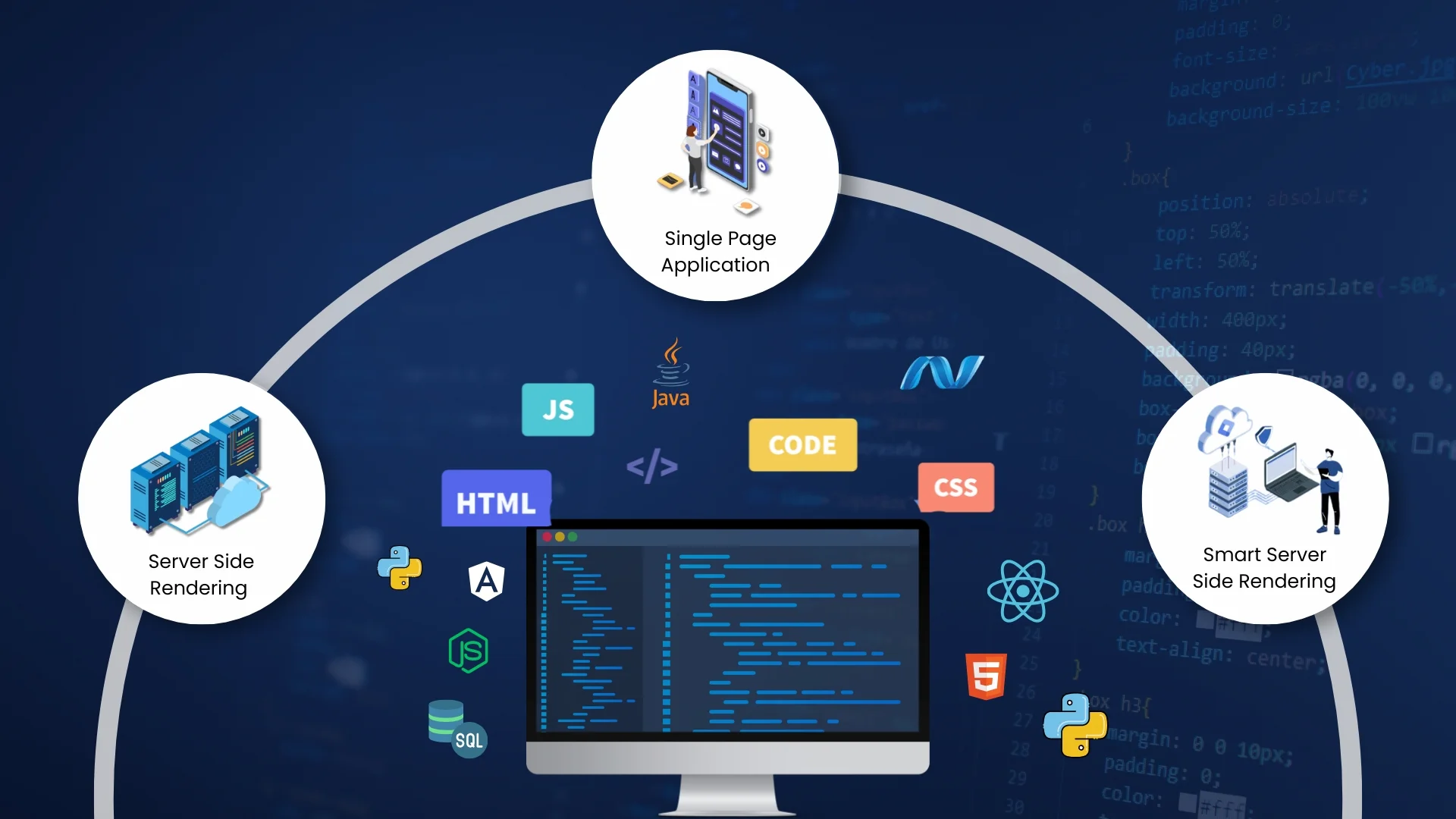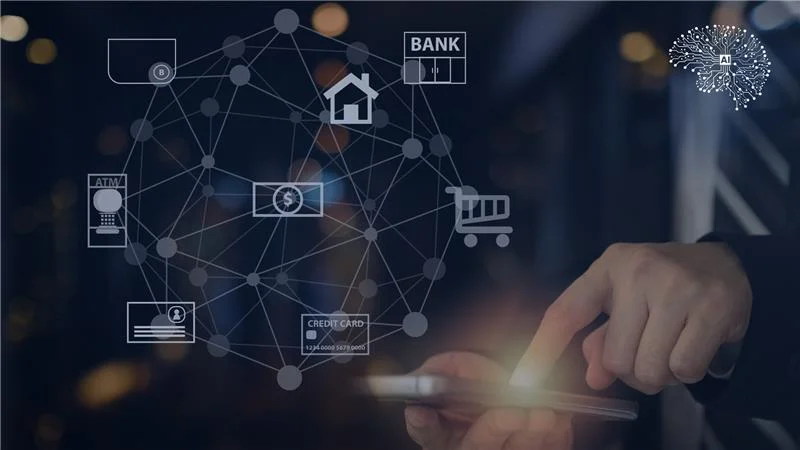Introduction
As we advance into 2025, the landscape of cybersecurity continues to evolve. Organizations must adapt to new technologies, threats, and regulations that shape how we protect our data and systems. This blog explores key cybersecurity trends that will define the coming year, focusing on Zero Trust Architecture, quantum computing, the Internet of Things (IoT), cyber resilience, and emerging regulations. Understanding these cybersecurity trends is crucial for businesses looking to bolster their security posture and stay ahead of potential threats.
Table of Contents
Implement Zero Trust Architecture
The Zero Trust model is gaining traction as one of the most important cybersecurity trends that organizations realize that traditional security methods are no longer sufficient. In a Zero Trust Architecture, every access request is treated as a potential threat. This approach requires continuous verification, regardless of whether the request comes from inside or outside the network. Implementing Zero Trust involves deploying multifactor authentication, strict access controls, and comprehensive monitoring. In 2025, businesses will prioritize this model to minimize the risk of breaches and protect sensitive data.
Quantum Computing
Quantum computing as one of the cybersecurity trends in 2025 presents both opportunities and challenges in the cybersecurity realm. While it has the potential to solve complex problems at unprecedented speeds, it also poses a threat to current encryption methods. As quantum computers become more accessible, organizations will need to invest in quantum-resistant encryption algorithms. We can expect more discussions around developing these algorithms and strategies to secure data against quantum threats.
The Internet of Things (IoT)
The proliferation of IoT devices continues to reshape our digital environment. While these devices offer convenience and efficiency, they also create numerous entry points for cybercriminals. In 2025, organizations will focus on securing IoT devices through robust authentication mechanisms and regular software updates. It will be essential for businesses to implement comprehensive security measures to protect their IoT ecosystems from vulnerabilities.
Cyber Resilience
Cyber resilience is about more than just prevention; it’s about being able to respond and recover from cyber incidents. In 2025, businesses will prioritize creating resilient infrastructures that can withstand attacks. This includes investing in incident response plans, regular training for employees, and developing backup systems. Companies that focus on cyber resilience will not only enhance their security posture but also build trust with customers and stakeholders. No matter how many cybersecurity trends or technologies are about to rule the world, resilience should always be the priority.
Emerging Regulations
While regulations are may not be considered as a cybersecurity trends, the upcoming cyber technology must be aligned with the regulations. As cyber threats become more sophisticated, so do regulations aimed at protecting sensitive information. In 2025, we can expect an increase in regulatory requirements across various industries. Organizations must stay informed about these changes and ensure compliance with laws like GDPR, CCPA, and others that may emerge. Failing to comply can result in significant fines and damage to reputation, making regulatory awareness a top priority for businesses.
Watch the video for more detailed information
Conclusion
As we look ahead to 2025, the cybersecurity landscape is set to undergo significant transformations. Embracing Zero Trust Architecture, preparing for quantum computing challenges, securing IoT devices, building cyber resilience, and staying compliant with emerging regulations are critical for organizations seeking to safeguard their operations. By understanding and adapting to these cybersecurity trends, businesses can create a more secure environment and protect themselves from evolving threats.
Why Sparity?
Sparity specializes in helping organizations navigate the complexities of the cyber world, and our experts are always be ahead with all the cybersecurity trends. Our expertise in implementing Zero Trust Architecture, quantum-resistant solutions, and compliance strategies ensures that your business is well-prepared for the future. Partner with us to strengthen your cybersecurity posture and protect your valuable assets.
FAQs
The Dark Side of AI in Cybersecurity
Explore the dark side of AI in cybersecurity, understanding its risks and challenges is paramount to defending our business against hidden threats. Readmore
What are some surprising facts about cybersecurity?
Cybersecurity incidents are on the rise, and small businesses are frequent targets, with phishing being a common attack method…Readmore
What are common myths or misconceptions about cybersecurity?
Common myths include thinking only large businesses are targeted and believing antivirus software alone is sufficient protection.. Readmore
What are the most critical cybersecurity strategies for small businesses?
Small businesses should prioritize strategies like regular software updates, employee training, strong password policies, and implementing firewalls Readmore














